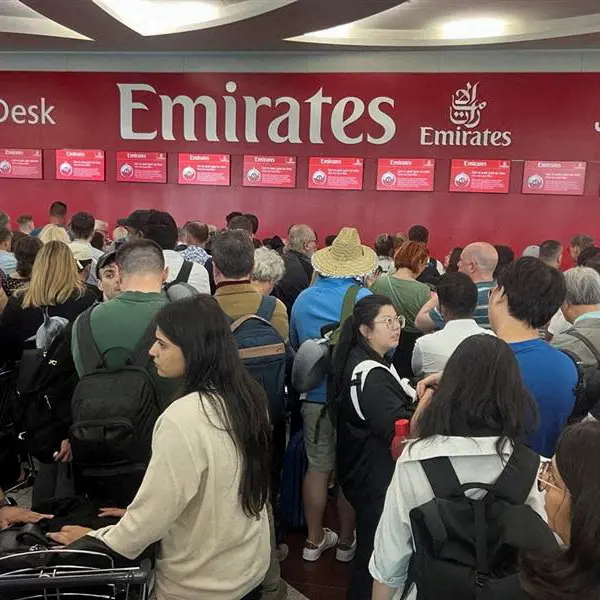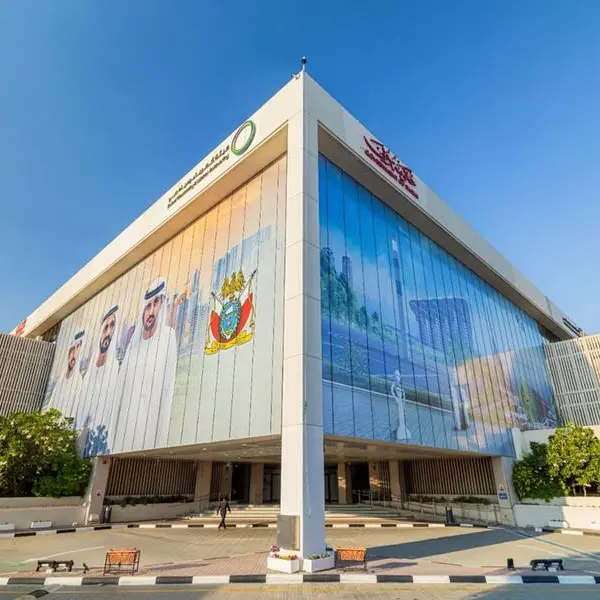PHOTO
(A typographical error in the first paragraph has been corrected).
The Saudi Arabian Monetary Authority (SAMA) has announced the start of the design of a ‘sandbox’ regulatory environment that allows local and international financial technology firms to test new digital solutions.
The initiative is set to improve the principal of innovation in financial services and digital payments services, SAMA said in a statement on its website, adding that the sandbox will help fintech companies test their products in an environment with relaxed controls, which will facilitate financial transactions and reduce costs.
“Saudi has one of highest outflow(s) of remittances in the region. Hence working on innovative ideas for cross border transfers, domestic payments, peer-to-peer lending for SMEs and other fintech ideas is a priority,” Mohamed Roushdy, head of technology at Dubai Asset Management, told Zawya in emailed comments.
“Sandbox could play a great role in getting those ideas to the market with the support of banks, which will be part of the sandbox next to fintechs,” he added.
SAMA said in the statement that permission to work in the sandbox environment has been granted to seven companies looking to provide digital payment services, and permission to 11 local and international banks, allowing for accounts to be opened and updatedwithout the need to visit branches.
The list of permitted fintechs are: Geidea, Bayan Payments Company Limited, HalalaH, Saudi Digital Payments Company (STC Pay), Saudi Post, Brightware, and Tap Payments, according to SAMA’s website.
SAMA said in its detailed regulatory sandbox framework that companies do not need to already be a licensed entity to use the sandbox. Applicants can fall into four categories: SAMA-licensed ‘innovators’ wishing to test a solution covered by its existing permissions (such as banks and remittance companies), SAMA-licensed innovators wishing to test a solution not covered by existing permissions, non-licensed local fintechs or start-ups, and non-licensed international fintechs. (Read more here).
“We witnessed some sandboxes created in other markets like UAE and Bahrain, and we saw some fintech startups that got regulated after being tested and more developed in sandbox,” said Roushdy.
“But the case of Saudi is very important since it is the biggest economy in the GCC and part of the G20 and their 2030 vision promotes and steers digital economy as an important pillar of (the) Saudi economy,” he added.
Saudi Vision 2030, the kingdom’s economic overhaul plan launched in 2016, included a goal to boost investment and support economic growth by advancing towards a cashless society and by promoting the principal of financial inclusion.
Last month, Abu Dhabi Global Market (ADGM), the International Financial Centre in the UAE capital, invited fintech firms to join cross-border testing of their financial solutions or business models in international markets. ADGM had launched the first fintech regulatory sandbox in the region, known as ‘RegLab’, in October 2016. (Read more here).
In September last year, ADGM also launched a digital sandbox that enables financial institutions and fintech innovators to experiment on new products and solutions. (Read more here).
At the beginning of 2017, Dubai International Financial Centre launched a fintech accelerator, ‘FinTech Hive’, as a platform that brings financial and technology firms together. (Read more here).
In Bahrain, the central bank launched a regulatory sandbox in mid-2017 that allows firms to test and develop products and solutions in a virtual space. (Read more here).
And at the end of 2017, it endorsed the launch of Bahrain FinTech Bay (BFB), a dedicated fintech hub and corporate incubator operated by Singapore-based fintech incubator Fintech Consortium. (Read more here).
“Industry 4.0 and its impact on innovation, as well the entrepreneurship era, which we have witnessed after the financial crisis, fuelled the market with many great, unique or sometimes even odd ideas,” Roushdy said.
“To bring these new ideas to consumers, some form of regulation or governance has to be in place. And since those ideas are new and not familiar to normal regulators framework, and at the same time, regulators want to steer such ideas and not to block them, the right way is to create an environment where entrepreneurs and innovators could go and test those ideas with regulators. And then, each can share the knowledge or framework with the other party in order to come out with a product that is suitable to the market,” he added.
(Reporting by Nada Al Rifai; Editing by Michael Fahy)
Our Standards: The Thomson Reuters Trust Principles
Disclaimer: This article is provided for informational purposes only. The content does not provide tax, legal or investment advice or opinion regarding the suitability, value or profitability of any particular security, portfolio or investment strategy. Read our full disclaimer policy here.
© ZAWYA 2019












